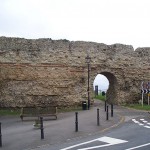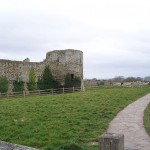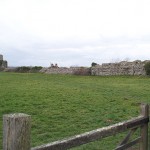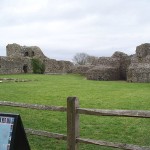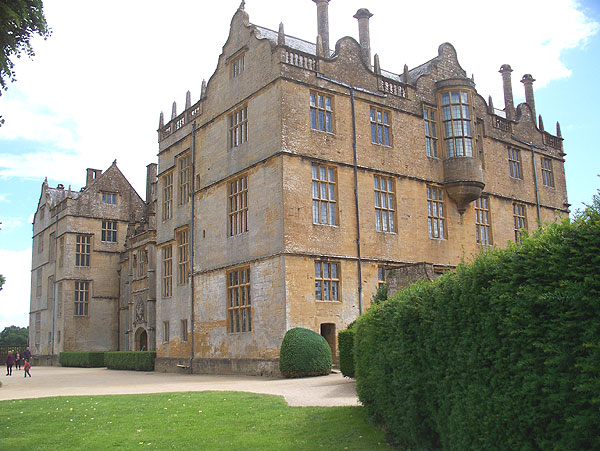 National Trust
National Trust
This great Elizabethan mansion was built about 1590-1600 by Sir Edward Phelps, a Member of Parliament and courtier. In the 1780’s Edward Phelps V extended the west front between the projecting wings to provide upper and lower corridors. The new work was done in the same style as the old, using decorative stonework rescued from Clifton Maybank House, near Yeovil.
The house, like the nearbu village, is built of yellow Ham limestone. It forms a massive block when viewed from the grounds, and the east front, the original approach front, is ornamented with statues at third floor level.
The house was acquired empty in 1931 and the rooms have been refurbished and furnished by the National Trust. The third floor houses a collection of paintings from the National Portrait Gallery.
The grounds around the house are mostly laid to lawn, with tall hedges.
A visit is highly recommended. There is enough to see to justify a half-day visit.
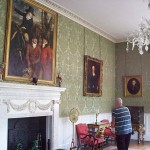
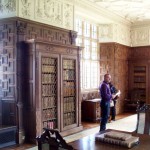
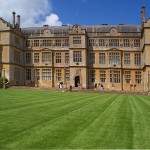
Month: April 2016
Pevensey Castle, Sussex
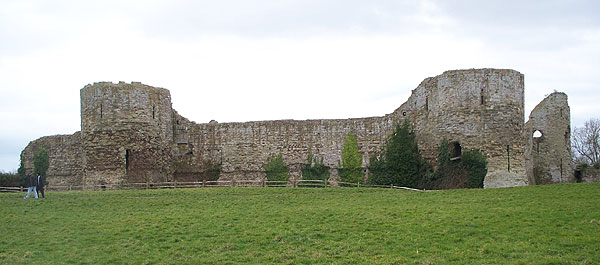 English Heritage
English Heritage
Pevensey Castle was founded around AD 270 as a Roman fort called Anderida, defending the Bay of Pevensey. After the end of Roman rule in Britain, the walls sheltered a settlement until at least the fifth century.
In 1066, the ruinous Roman defences were refortified by William the Conqueror, and a great Norman castle developed in one corner of the Roman enclosure. By the early sixteenth century, the castle was abandoned.
The site was briefly remanned in Tudor times, and also in World War II, in response to threatened invasions.
The size of the Roman enclosure is impressive, and the walls stand to nearly their full height over much of the perimeter. The walls and towers of the medieval inner bailey mostly stand, but the keep is very ruined and little remains of the upper floors.
The castle was besieged four times in the medieval period and the keep underwent substantial alterations in the 14th century.
The machine-gun nests and the refitting of several towers for accommodation as carried out in WWII can still be seen today.
A basement room near the gate can be entered by descending steps. It was used as a prison. Another can only be accessed by a hole in the roof and may have been an ‘oubliette’.
The castle is well worth a visit if you are in the area. Access to the outer bailey is unrestricted, but entry to the castle inner bailey is chargeable. If you have time, walk or drive around the outside of the outer wall.
